How to plant and care for a saxifrage?
Saxifrage, planting and caring for which does not cause any particular difficulties, belongs to the perennial genus of the same name. It includes about 370 species. The roots of this plant grow into stones and are even capable of breaking them, as its name suggests. Saxifrage is especially common in temperate climates and is very diverse in appearance. Some of them are up to 3 cm in size, but there are varieties that grow up to a meter wide. Leaves of various shapes and textures, often with a wavy edge, usually spread close to the ground. The color of the sheet plate may be different. The roots are poorly developed, superficial.
Saxifrage types
The saxifrage flower is five-petalled on a long peduncle that extends from the center of the rosette. Flowering is long. In indoor culture, it is often grown as an ampelous plant. Overgrown, it creates a semblance of a waterfall of shoots, which looks very impressive.
Popular types of saxifrage:
- wicker saxifrage - undersized herbaceous perennial with long shoots, on which there are daughter rosettes;
- cesium saxifrage, or salivary, - herbaceous perennial with straight peduncles and white flowers;
- stiff-leaved saxifrage - perennial with a creeping stem and oblong serrated leaves, yellow flowers with red dots;
- opposite-leaved saxifrage - herbaceous perennial with creeping stems and large flowers of pink-lilac color.
As an indoor flower, saxifrage is grown, or saxifrage, which grows well in rooms with low temperatures and dry air. Its leaves are of a beautiful silvery color, rounded, and have medicinal properties. The inflorescences are inconspicuous, paniculate. But, thanks to the hanging shoots with small rosettes, the flower looks very decorative. Outdoor species often bloom very beautifully and have interestingly shaped leaves.
Many varieties of this plant are quite winter hardy and are able to grow in the 3rd and 3rd climatic zones. They are unpretentious to care for and reproduce well by seeds. Flowering lasts all summer, but the rosettes themselves may lose their decorative appearance, therefore, in some cases, the flower is removed.
Saxifrage care
A houseplant is best placed on an east or west window, although a north one is also suitable. In the south, shading from direct sunlight will be required, otherwise the leaves will lose color and may even get burned. In summer, this flower can be taken out on the balcony or in the garden, leaving it in a shady place. It is advisable to protect it from precipitation so as not to cause waterlogging of the soil. For active growth, saxifrage needs an air temperature of + 20-24 ° C, but during the dormant period, a decrease to +16 ° C for variegated and up to +13 ° C for green-leaved forms is required. In the open field, the flower grows on stony soils, therefore, for some time it is able to endure direct sunlight and retain moisture inside the shoots.
Watering is needed in moderation, as the topsoil dries out. The water is settled, soft. From spring to late autumn, the flower is watered more abundantly than in winter. During the dormant period, make sure that the soil in the pot does not dry out. Plant care includes spraying on the leaf. For this, they also take soft water. Saxifrage should be fed all year round, otherwise the shoots begin to stretch out. Starting from March, complex mineral fertilizers can be applied at the root every 2 weeks. In the fall, the dose is reduced, once every 1.5 months is enough.The soil around the plant must be carefully loosened to provide fresh air to the roots.
The time for replanting saxifrage begins when the roots completely encircle the pot. Expanded clay drainage should be placed on the bottom of the container so that there is no stagnation of moisture. It is not necessary to take a tall container, since the root system of plants is superficial. To make the composition look more lush, you can plant several plants in one pot. This is easily done by rooting young rosettes on the mustache. For saxifrage, a humus soil mixture is needed; you can make it up from sand, peat soil, leafy earth and humus in equal parts. It is good to use a mixture of leafy, clayey, soddy soil and humus.
Reproduction of saxifrage
The saxifrage is a flower that multiplies easily and seeks to occupy all the living space around it, rooting daughter rosettes in neighboring pots. You can guide them yourself if you want to propagate the plant. The rooted shoot is cut off and transplanted into a mixture of sand, humus and sod land. A young outlet must be watered abundantly until it starts to grow.
Seed propagation of this plant is also possible. For sowing to be successful, some rules must be followed.
- Carry out cold stratification of seeds: for this they are placed in any container, sprinkled with light, moist soil, and placed in the vegetable compartment of the refrigerator for about 2 weeks.
- After the seeds are taken out, covered with foil to create greenhouse conditions.
- Crop boxes are placed on a light windowsill or under lamps.
Advice
You can sow seeds directly into the ground in early spring - then stratification takes place in natural conditions.
The first shoots appear in a week. You can dive seedlings after the appearance of a pair of true leaves. If you make a pick earlier, then the plants may die. When transplanting, you do not need to shake off the soil, it is better to cut it into pieces and move it along with the seedlings. Saxifrage, which is planted in open ground at the beginning of summer, is quite unpretentious and can grow on rocky soils. The rosettes are planted at a distance of 10 cm from each other - the result is a beautiful floral carpet. It is necessary to periodically loosen the soil and remove weeds.
Pests and diseases of saxifrage
Saxifrage is quite unpretentious and rarely get sick. Most often, this flower is damaged by a spider mite. At the same time, a plaque appears on it in the form of a white web, the leaves begin to turn yellow and fall off. Infected plants are treated with special chemicals, wilted leaves are removed, you can arrange a hot shower for the flower to wash off pests and stimulate its immune system.
Plants can suffer from fungal diseases if the root system is waterlogged: brown spots appear on the edge of the leaf. Sick flowers are treated with copper-containing preparations.
Output
The saxifrage is an unpretentious and hardy plant that can grow on rocky soils. Caring for it includes regular watering, feeding and spraying with settled soft water. As an indoor flower, the wicker saxifrage is grown, which reproduces well with daughter rosettes.
The plant can be propagated by seed. But before sowing, they need to be stratified in the refrigerator, in the vegetable compartment. Another option is to sow directly into the ground in early spring. Pests and diseases rarely affect saxifrage, most of all it is worth fearing spider mites and fungal diseases, which can be avoided by organizing proper care.
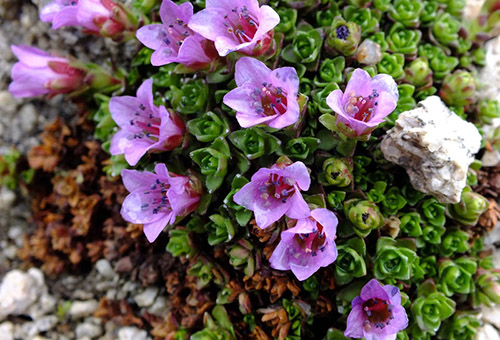
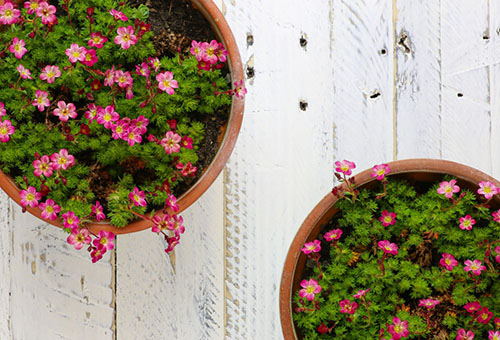
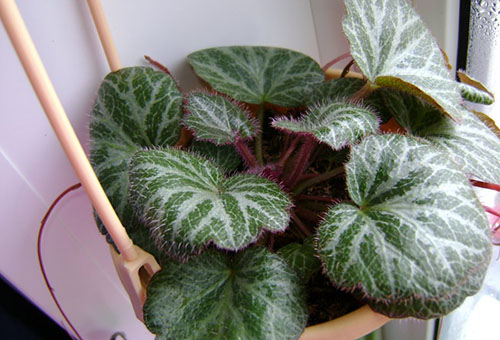

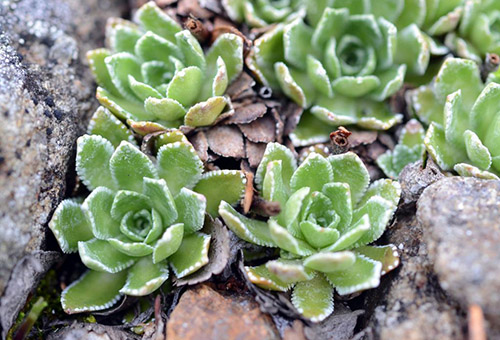

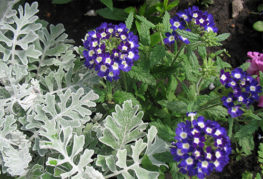
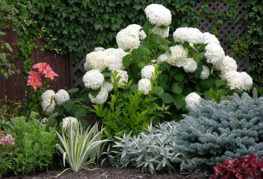



and will be published shortly.